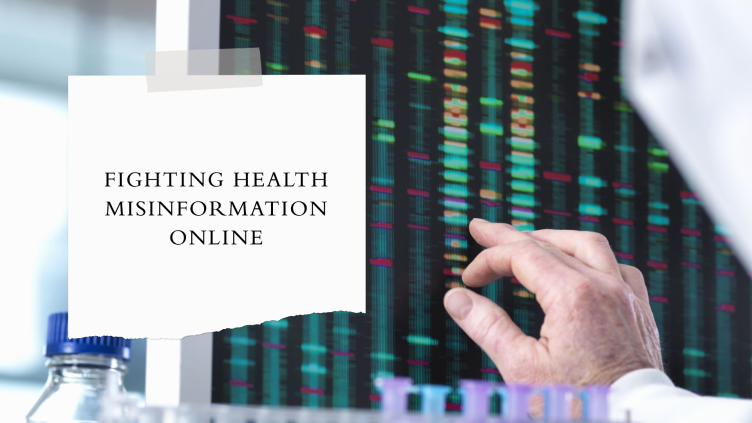Fighting Health Misinformation Online- How much information is too much information?
In the digital age, young people are turning to social media, YouTube, and Google for quick health advice. While this accessibility is empowering, it also comes with a major challenge: misinformation. From misleading fitness trends to viral home remedies, health misinformation can be harmful. For India’s youth, who are highly active online, it’s crucial to learn how to spot and filter the right information.
Why Health Misinformation Matters for Youth
•Misleading Fitness Trends: Quick weight-loss diets or muscle-gain shortcuts often lack scientific backing and may harm your body.
•Fake Cures: Viral remedies for skin problems, hair loss, or acne can worsen the condition.
•Mental Health Myths: Stigmatizing or incorrect advice on anxiety and depression often circulates online.
•Self-Medication Risks: Over-the-counter drug suggestions can be dangerous without medical consultation.
Top Sources of Misinformation for Youth
1.Social Media Influencers: Many influencers lack medical qualifications but promote health products for sponsorships.
2.Clickbait Content: “Lose 10 kg in 7 days!” or “This one herb cures all diseases” often spreads false claims.
3.Unverified WhatsApp Forwards: Rumors about vaccines, treatments, or new health trends spread rapidly.
How to Spot Reliable Health Information
1.Ask: Who’s Sharing It?
•Is the person qualified? Look for doctors, dietitians, or certified professionals.
•Avoid influencers promoting products without evidence.
2.Check the Source
•Trust websites from organizations like WHO, AIIMS, or government health departments.
•Avoid blogs or videos with no references to scientific studies.
3.Look for Evidence
•Are there medical studies or expert opinions backing the claims?
•Beware of anecdotal evidence like “This worked for my friend.”
4.Avoid Sensational Claims
•Statements like “Cure your anxiety with one exercise” or “Eat this to never get sick” are likely exaggerated.
5.Consult a Professional
•If you’re unsure, ask a doctor, nutritionist, or counselor. Online information is not a substitute for professional advice.
Why Youth Are Key to Combating Misinformation
India’s youth are digital natives, and their role is critical in spreading the right information. You can:
•Fact-Check Before Sharing: Verify health advice before forwarding it to others.
•Educate Your Circle: Correct myths and guide friends or family to trusted sources.
•Promote Digital Literacy: Encourage others to critically evaluate what they read
online.
Tools to Stay Informed
•Use websites like PubMed or Google Scholar for accurate health research.
•Follow verified accounts of healthcare institutions and professionals on social media.
•Install fact-checking apps like BOOM or Alt News to debunk false claims.
India’s youth are not just consumers of digital content, they are influencers and changemakers in their communities. The responsibility to combat health misinformation lies in your hands. By adopting a critical approach to the health advice you encounter online, you can help create a culture of trust, accuracy, and accountability in the digital health space.
Remember, your health decisions can have lasting effects, and relying on misinformation can lead to unnecessary risks. Always prioritize evidence-based knowledge and consult qualified professionals when in doubt. By educating yourself and sharing verified information, you can protect not only your well-being but also that of your friends, family, and social networks. Misinformation spreads fast, but the truth, when shared responsibly, can travel even further.
Together, we can ensure that digital platforms become a place of empowerment and reliable health awareness rather than confusion and harm. Let’s take charge and make a commitment to smarter, healthier choices in this digital era.

